
How Do We Buy Beauty Products? The Power of User-Generated Content
Amazon Prime Day was this past week and if you’re like us you snagged a few good beauty deals worth boasting about to your friends or family. Some of the best-selling brands from the event in the U.S. included Laneige (think, their infamous Lip Sleeping Mask) and NuFace. It comes as no surprise though; articles about Prime Day this year were dime a dozen from what seemed like every beauty outlet on the internet (e.g., Allure, The Cut, Vogue, etc.) – each with their own curated list of products to buy. We don’t know about you but it made us think about how much the beauty buying experience has evolved and how we ultimately buy products today.
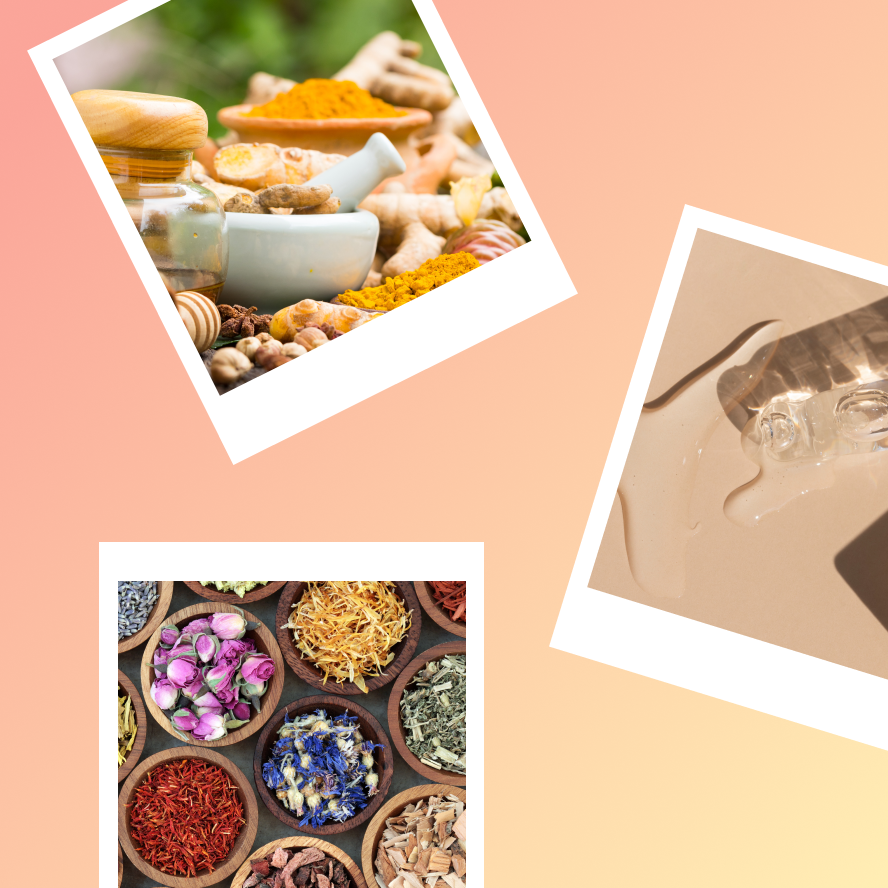
What You Need to Know About Ayurvedic Beauty
Savvy Skindies will recall that we shared a brief overview of Ayurveda-inspired skincare trends in our previous issue, South Asian Beauty Brands to Watch. Not only is growth in this space projected to reach almost $15B by 2026, established companies like Estee Lauder and Puig are investing heavily in Ayurvedic brands. While ingredients from South Asia and those commonly used in Ayurvedic practice have been in the market for decades, the trend has gone from niche to mainstream due to a strong synergy with the clean beauty movement and the demand for greater diversity and inclusion within the beauty industry. In today’s issue, we’re digging deeper into this ancient system of healing, exploring the brands and products currently in-market, and of course, sharing the science.

Urea: An Unsung Hero
As a word, urea suffers from some unsexy associations (urine and Uranus come to mind). As an ingredient, it doesn’t get nearly as much attention as hyaluronic acid or peptides. We at Skindie noticed a pattern — some of our favorite products like Clinique’s Dramatically Different Moisturizing Lotion+ featured an unsung hero in skincare formulation, urea. But as both a humectant and a chemical exfoliator, urea is a powerhouse ingredient that has been used in traditional skincare as well as clinical dermatology for decades — read on to find out why.

Petrolatum: An Unsung Hero (The Truth, Myths, and Benefits)
If you’ve heard of the skincare hack called slugging (thanks TikTok and Reddit) or already partake in this healing ritual, you know that petrolatum can be a true savior for those of us with very dry/irritated skin or a compromised skin barrier.
But petrolatum a.k.a petroleum jelly doesn’t need an elaborate introduction. We’re all pretty familiar with this classic, tried-and-true ingredient that has been used and loved for over a hundred years to remedy any and all skin related ailments.
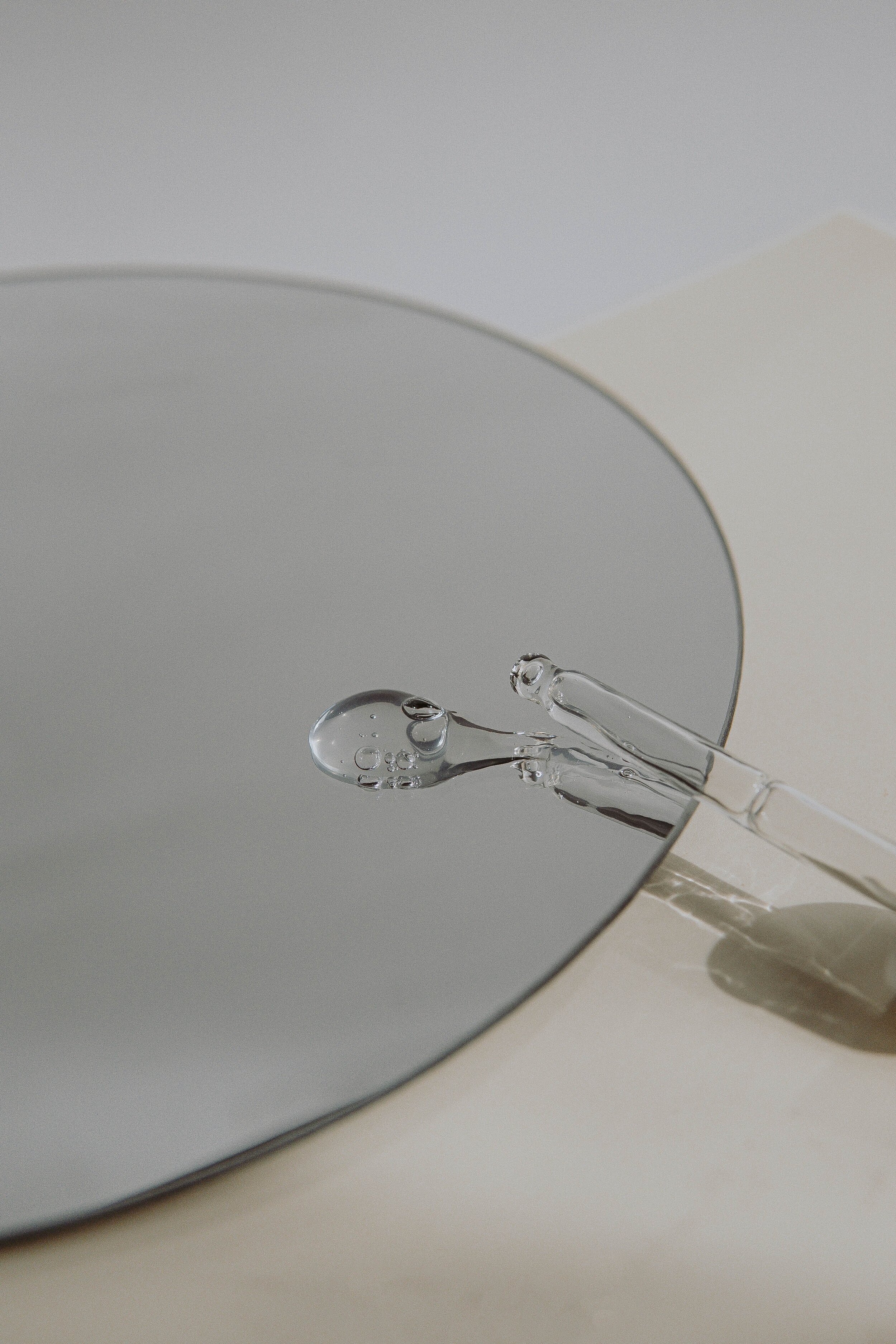
Everything You Need to Know About Retinol: Part 2
In the first article of our two part retinol series, we established some of the basics on the science of retinoids, its history, and its unique ability to alter the structure of our skin. Now that we’ve set the context for retinol, we’re diving into regulations and safety, how chemists approach retinol-based formulation, and most importantly, why all retinol products are not created equal. We will also go a step further and review some products on the market that are likely worth the investment. So stick around! It’s gonna be worth it.
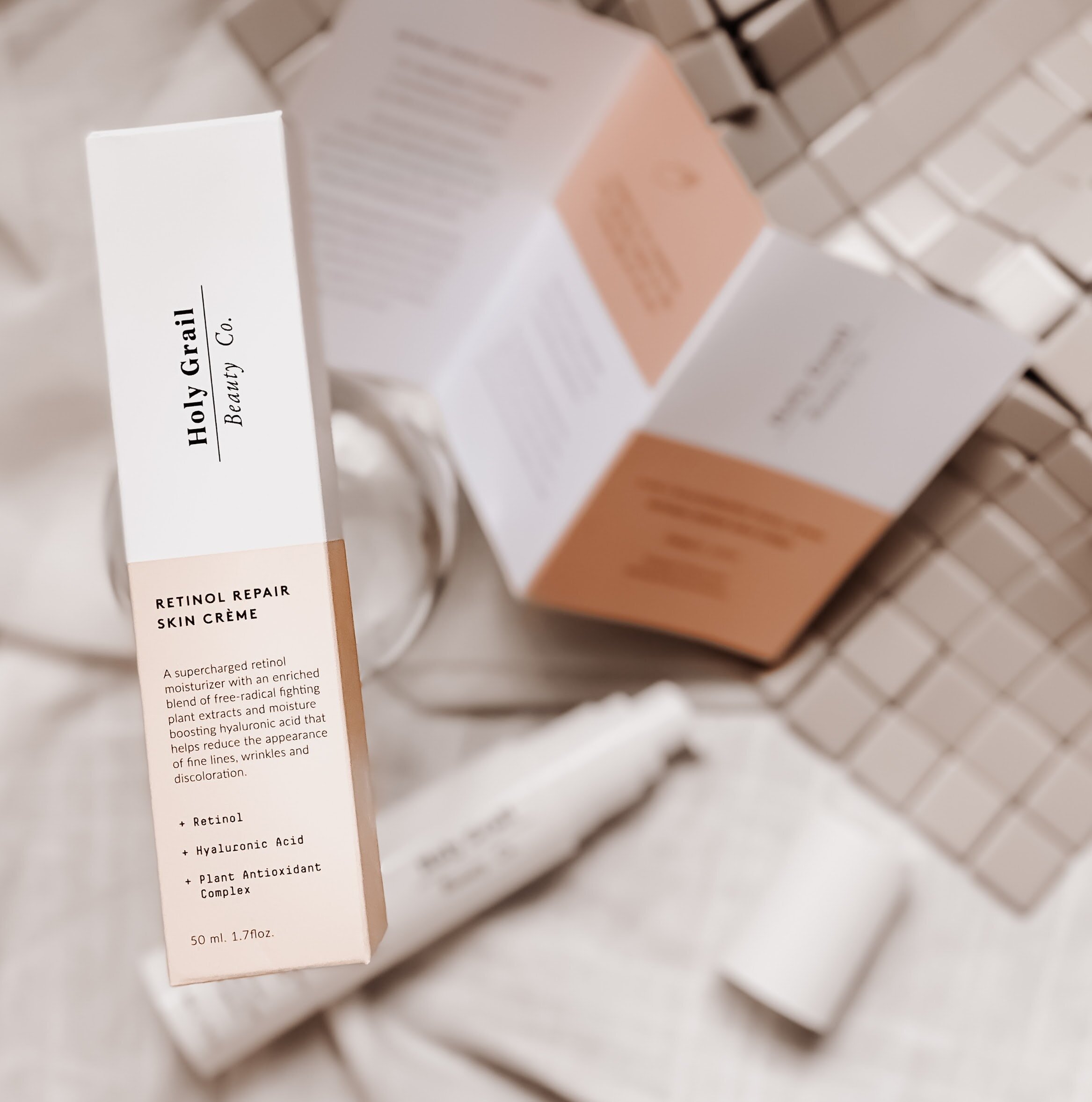
Everything You Need to Know About Retinol: Part 1
Retinol (another term for Vitamin A) is to beauty as a quantum leap is to modern physics – brilliant and game changing. Just as electrons can travel outside the confines of time, it’s almost as if Retinol operates in a similar fashion, accelerating cell turnover at lightning speed and endowing us with the skin of our dreams. But while results can sometimes be too good to be true, we can’t sidestep the “retinol uglies,” and the fact that there is so much confusion around this skincare hero.

The Truth About Fragrance in Skincare: Part 2
In the first article of our two part fragrance series, we established some of the basics on the science of fragrance. Today, we’re digging even deeper. Now that you understand fragrance from a formulation perspective and the safety guidelines that govern it, we’ll explore the gray area that is FDA labeling requirements, its role in fragrance transparency, fragrance as an allergen, and the future of fragrance in skincare.

The Truth About Fragrance in Skincare: Part 1
Fragrance in skincare...where to begin? It has unexpectedly become one of the hottest topics on social media, among everyone from dermatologists to “skinfluencers,” brand founders, and beauty retailers. In addition to the “free-from” (think, formulated without sulfates/parabens/etc. labels) trend propelled by the clean beauty movement, there has been unprecedented focus on fragrance as an allergen and fragrance transparency. In 2007, the American Contact Dermatitis Society (ACDS) designated fragrance as “allergen of the year.” Since then, a debate has raged on fragrance in skincare, leading to tag lines such as “think before you stink.”
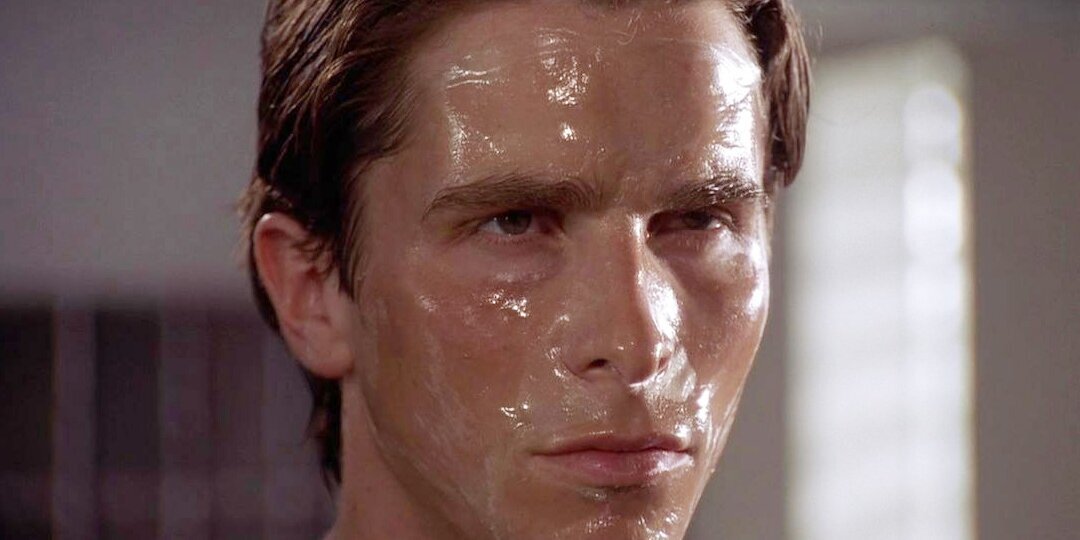
From Metro to Mainstream: The Science and Evolution of Men’s Skincare
We’ve all seen how much the skincare category has grown in recent years. But you might not know that this is the case for both women and men’s products. Not only is men’s personal care a growing trend, it demands revisiting an old question — what’s the difference between men and women’s skincare anyway?
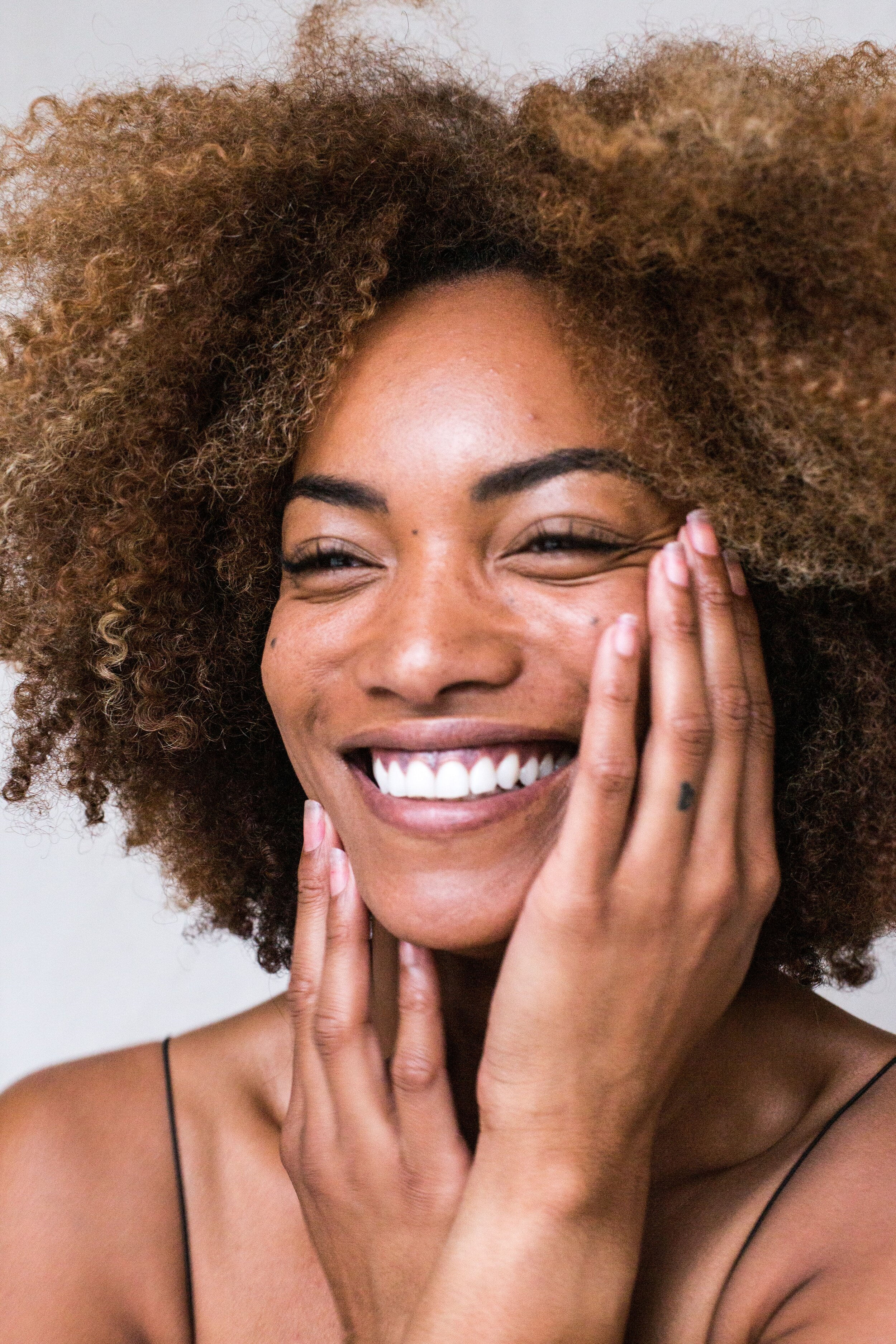
Can Glycolic Acid be Used on Darker Skin Tones? A Collab with Esther Olu (@themelaninchemist)
The skincare community is honing in on skincare ingredients like a ballistic missile. We’re more aware of what we put on our skin than ever before. So much so that AHA/BHA, Vitamin C, Hyaluronic Acid, Niacinamide, and Retinol rack up hundreds of thousands of searches online per month. While many of these ingredients are helping people bask in the glory of good skin, there is one chemical exfoliant steeped in debate around its use on people of color. Glycolic Acid ring a bell?

False Sunscreen Label Claims are Not as Rare as You Think. Remember the Purito Controversy?
A few months ago, ingredient database INCIDecoder shared lab results revealed that one of the most beloved Korean sunscreens, Purito Centella Green Level Unscented Sun SPF 50, had a false label claim with an actual sun protection factor of only 19 (less than half of its purported SPF 50 claim). With sunscreens being as top of mind as ever – emotions ran high and people were irate.
The incidence with Purito is not an isolated phenomenon. And false label claims can happen with all sunscreens, not just Korean sunscreens. Shocking, we know, especially when we’re talking about a product that is classified as an over-the-counter drug here in the US and goes through rigorous testing. Aside from Purito, skincare influencers like Lab Muffin Beauty Science came forward to clarify how false sunscreen label claims can happen.

